The Ford ‘FE’ – Rebuilding An American Iron Icon
Ford produced the FE series engines for almost 20 years and in this time period, this series of engine gained quite a following. After researching the FE, I was intrigued about its internal workings. I had always heard about and seen some of the more popular FE engines such as the 390, 427 and 428 but never had a chance to dive into one – until now.
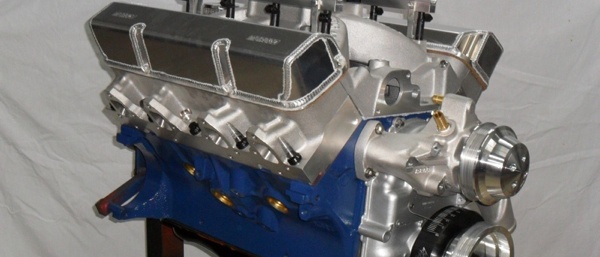
Ford’s Power Stroke Powerplants
The biggest question heard from customers is, “Why did Ford replace the 7.3L with the 6.0L?” There are good reasons as to why the 7.3L Power Stroke had to be removed from service and these reasons brought about many changes in the Power Stroke platform.
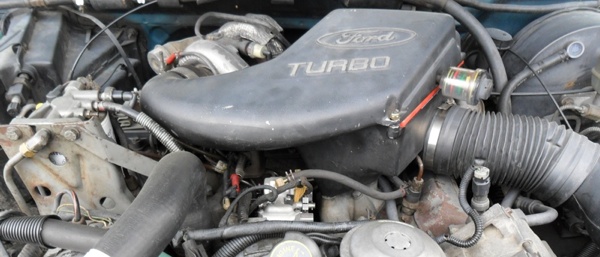
The Origin of ‘Coal Rolling’ and the Story of Diesel’s Evolution
The diesel engine replaced steam engines that were being used in locomotives and ships. The diesel engine also became widely known for its use in submarines, stationary power plants and trucks. In the last 100 years, the diesel engine is credited as the modern day workhorse, as there is an abundance of high torque at low RPM.
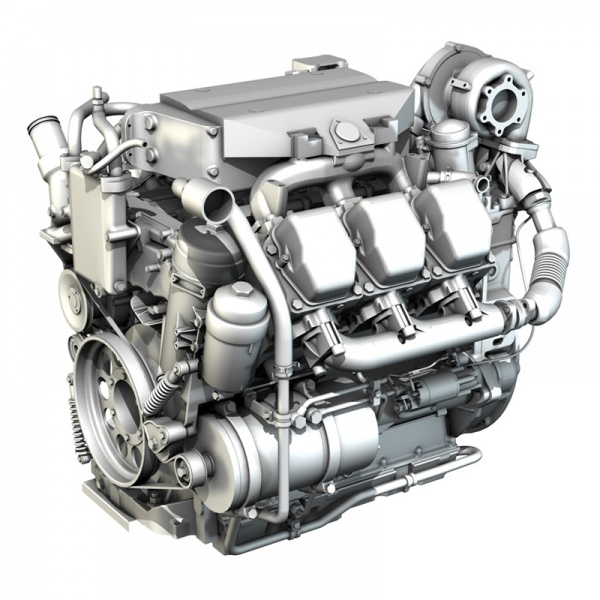
Building Performance Cummins Engines
The clouds of black smoke along with the whistling of the turbo bring out a new wave of spectators. It’s all about the rumble and feel from the massive foot pounds of torque, not the horsepower. Who would have ever thought that a diesel engine would gain respect in the world of performance? Now, it’s
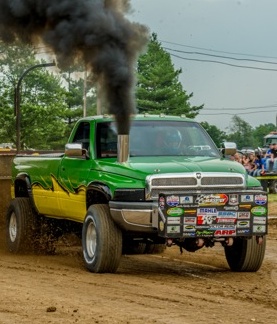
Engine Reboot: Chevrolet’s LT1
For the past several years, word on the street was that GM would be bringing back the highly recognized RPO code LT1 for 2014. The reason for the comeback was due to more power and efficiency with fewer emissions. At the time of hearing the rumor, thoughts of the 1992 through 1996 ill-fated “Optispark” seemed
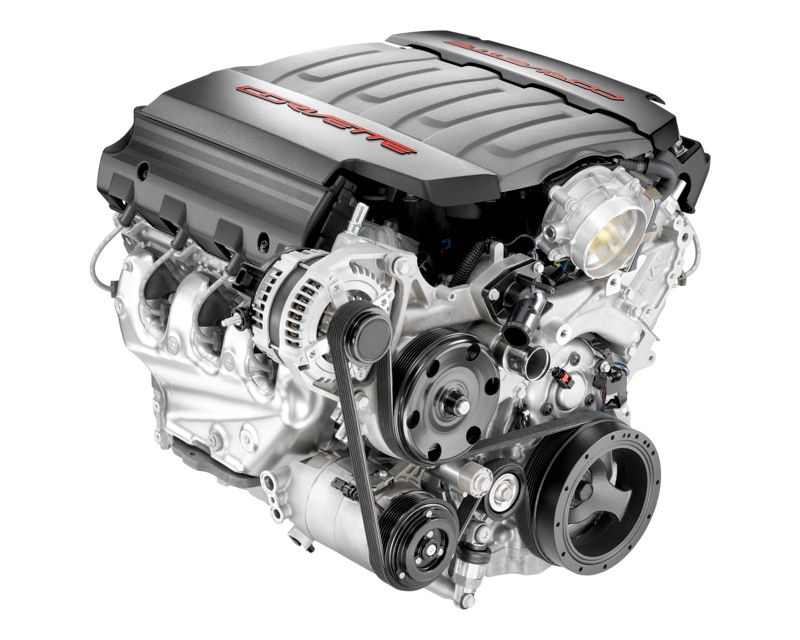
Venturing Into GM Duramax Diesel Service
There are five generations of the Duramax engine. The best way to identify the generation is by the year, model and the RPO (regular production option) code. Back in the 1990s, GM wasn’t making too many waves in the diesel truck market. The 6.2L and 6.5L engines had been around for sometime, but they were no match
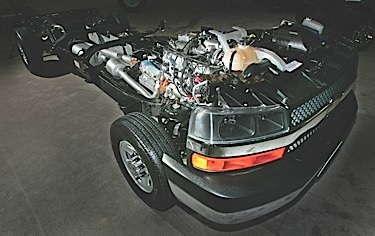
Diesel Exhaust Fluid Not So Bad
I often hear comments from people about a strange and mysterious fluid called DEF (Diesel Exhaust Fluid) that is used in some late-model diesel trucks. Many owners of these newer diesel-powered vehicles don’t know what DEF is or why they have a separate tank or even how often to add the stuff. And what exactly
Sleeves & Liners
I often hear customers ask about the difference between a sleeve and a liner. It’s an understandable question. Automotive guys call them sleeves and diesel guys call them liners. And while they may be used for similar purposes, the perception of what they do may be very different among different groups. Many automotive enthusiasts understand
Valve Seats & Guides
Most engine builders worth their salt know that with the components and technology available today, it’s not that difficult of a task to make horsepower. With the availability of so many performance parts – whether it’s from the OEM or the aftermarket – engine builders can pull from vast resources to achieve a balance between
The Raptor Takes Flight
In an age when kids would rather hot rod their computers than their cars, it’s kind of amazing that old fashioned hot rodding still exists – even thrives in today’s society. While computers certainly have their place, the younger generation is still looking for entertainment and thrills – whether captured in HD?or in real life.
Keeping Your Cool With The Ford 6.0L/7.3L Powerstroke
I often wonder why so many owners aren’t more concerned with the condition of the coolant in their engines. I don’t know if it is the price of the coolant that tends to scare them away or what. Most mid-size truck diesel engines take approximately six gallons of coolant to fill the system. That would
Diesel Injection Components
For some time now, most of the development in diesel technology has been aimed towards making the engines environmentally-friendly. But as diesel engines have become cleaner, the power levels have also increased. This is somewhat backward to what the country went through in the ’70s with gasoline engines. The problem back in the ’70s was
